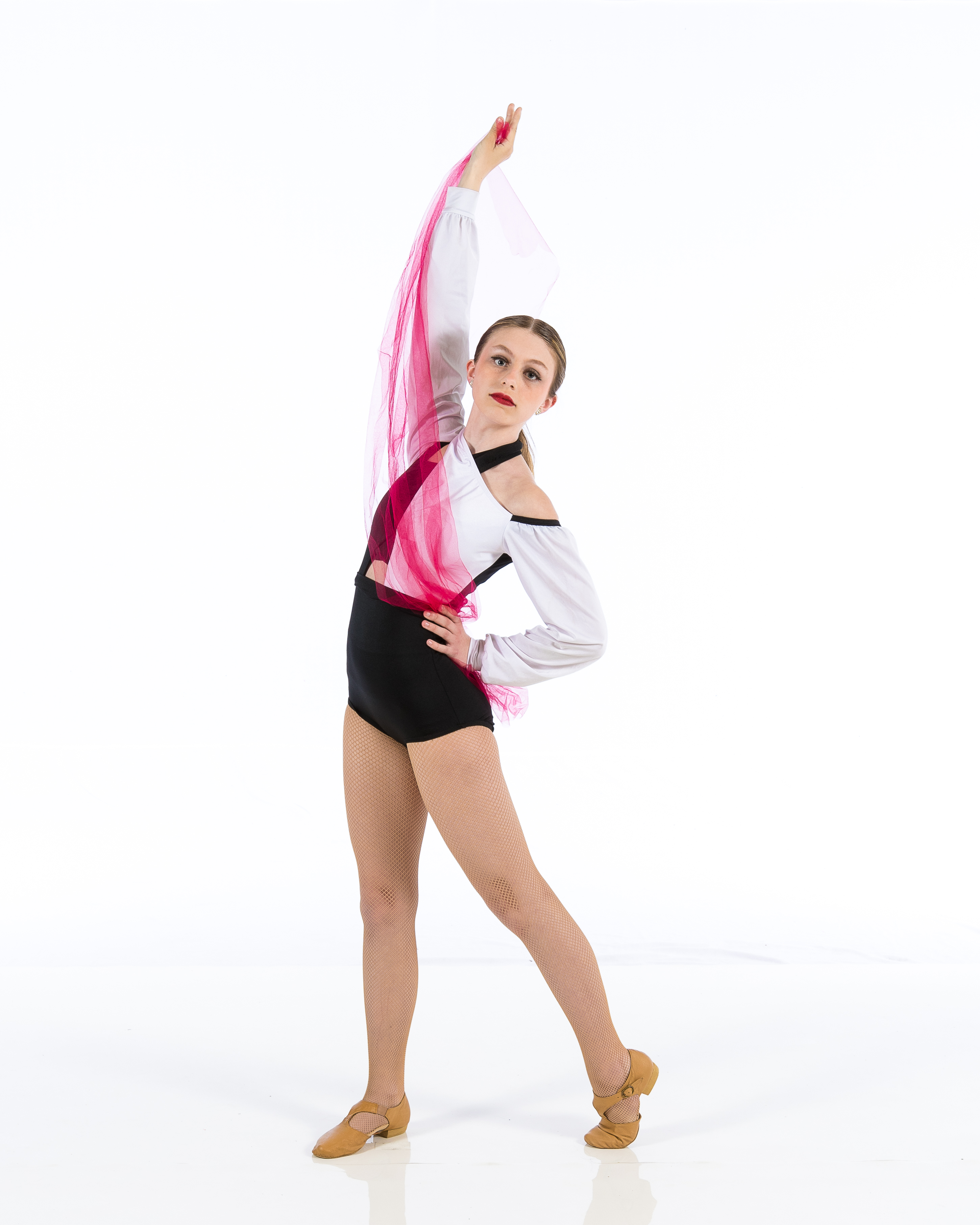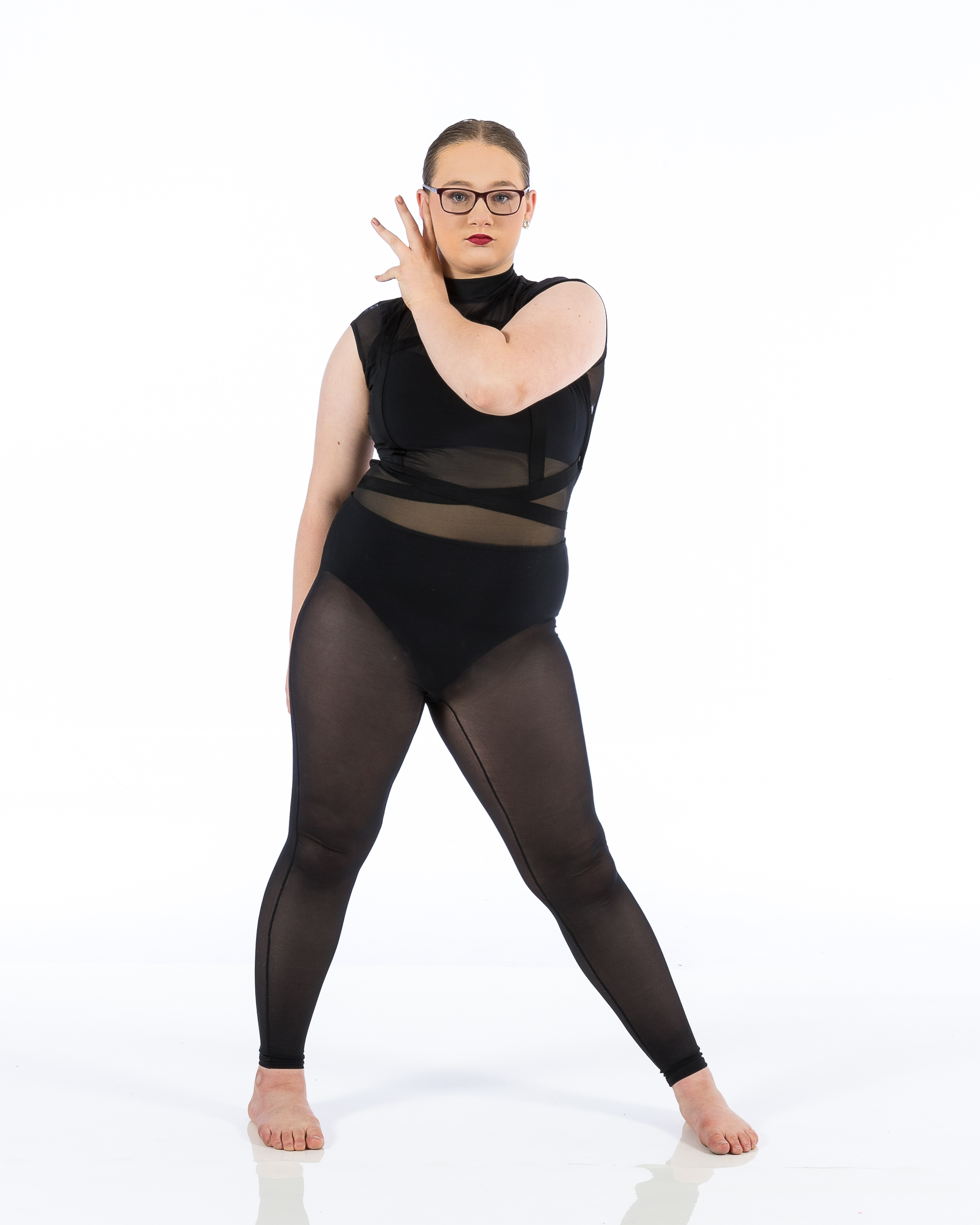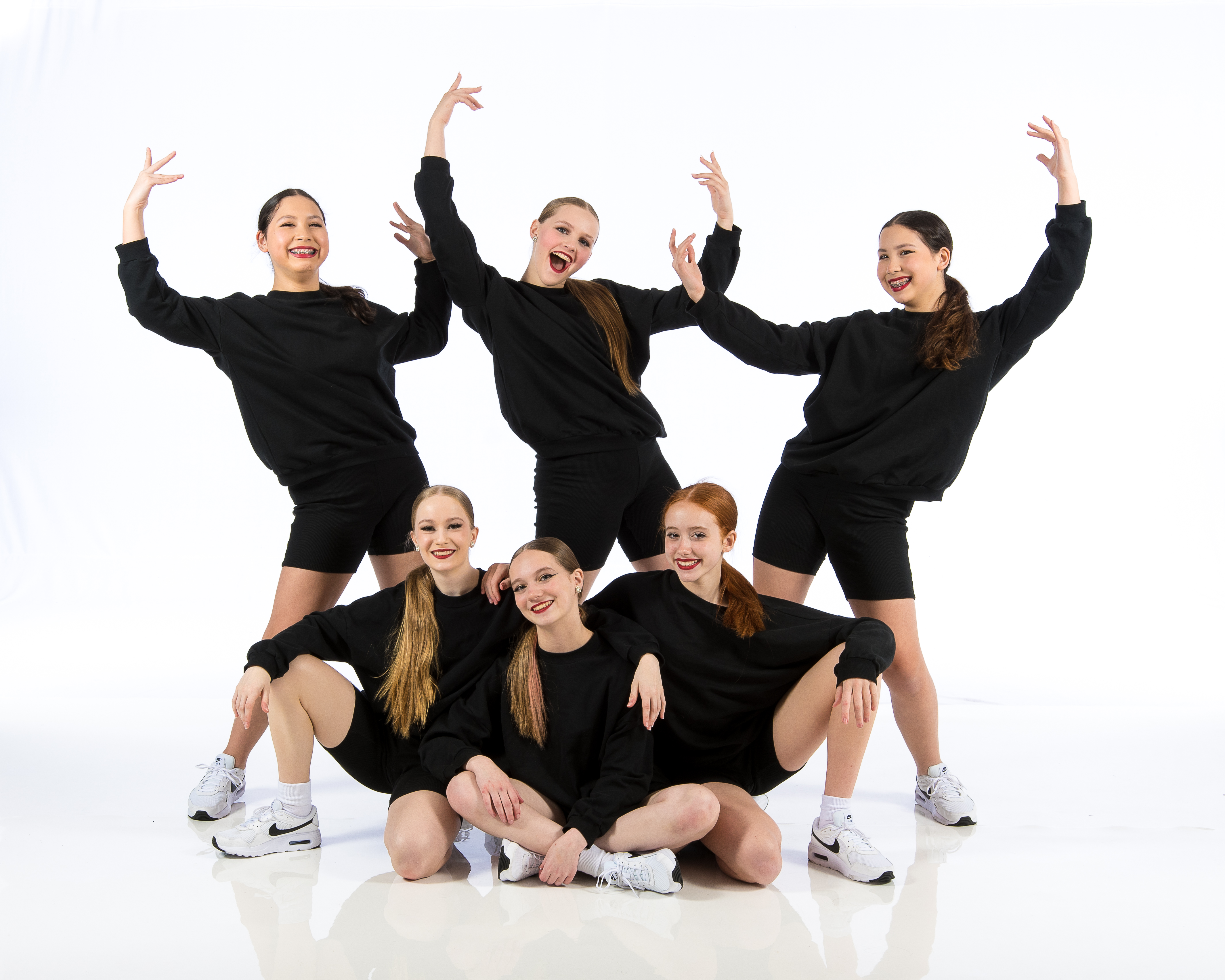Introduction: The Dance of Health and Wellness
When it comes to dancing, every pirouette, leap, and plié takes a toll on the body. Just like athletes train to enhance their performance, dancers must prioritize their physical wellbeing. So, how can they achieve peak performance while reducing the risk of injury? The answer lies in quality conditioning tools available at the dance studio. In this article, we’ll explore why Dancer's Health Begins with Quality Conditioning Tools at the Studio, delving into various aspects such as strength training, flexibility enhancement, injury prevention, and more.

Dancer's Health Begins with Quality Conditioning Tools at the Studio
It’s no secret that dancers thrive on movement. However, what happens when that movement becomes painful or injurious? This is where quality conditioning tools come into play. They’re not just fancy gadgets; they’re essential components for maintaining a dancer’s health.
Why Conditioning Tools Matter in Dance Studios
What are conditioning tools? Simply put, they are equipment designed to help improve a dancer’s physical abilities. From resistance bands to foam rollers, each tool serves a unique purpose in enhancing strength, flexibility, and overall performance.
The Importance of Injury Prevention in Dance
Injuries can jeopardize a dancer's career and passion. Therefore, employing quality conditioning tools promotes proactive measures against injuries. For instance:

- Foam Rollers: These help alleviate muscle tightness. Resistance Bands: These assist in strengthening small muscles often neglected during traditional workouts. Balance Boards: These improve stability and coordination.
By integrating these tools into training routines, dancers can focus on building resilient bodies capable of executing complex movements without fear of injury.
Strength Training: Building a Dancer’s Foundation
Strength isn’t just about bulging muscles; it’s about functional fitness tailored for dance.
Why is Strength Important for Dancers?
The stronger the dancer, the better their control over movements. Enhanced strength contributes to improved posture and reduces fatigue during performances.
Essential Strength Training Tools
Here are some indispensable tools for any dance studio looking to bulk up their training regimen:
Dumbbells: Versatile and easy to use. Kettlebells: Perfect for dynamic movements that mimic dance actions. Medicine Balls: Great for core strength training.Using these tools wisely ensures that dancers not only look good but feel empowered!
Flexibility: The Key to Graceful Movement
“Bend it like Beckham” may work for soccer players but in dance, we say “Stretch it like a ballerina.” Flexibility is crucial for achieving those stunning lines and beautiful extensions.
Flexibility Enhancement Tools
So what tools should be included in your flexibility arsenal?
- Stretching Straps: Aid in deepening stretches safely. Yoga Blocks: Provide support during various stretches. Foam Rollers: Not only ideal for recovery but also helpful in improving range of motion when used correctly.
Integrating these tools into regular practice can significantly increase flexibility over time.
Core Stability: The Unsung Hero of Dance Performance
A strong core is fundamental for any dancer aiming for impressive feats of grace and balance.
Tools to Build Core Strength
What can you employ to fortify your core?
- Stability Balls: Fun yet effective for engaging multiple muscle groups. Plank Boards: Challenge your balance while focusing on core engagement.
Strong cores translate into better jumps and turns—who wouldn’t want that?
Cardiovascular Fitness: Keeping Up with Choreography
Dance isn’t just about technique; cardiovascular endurance plays an equally vital role.
Cardio Conditioning Tools That Work Wonders
Here are some options to elevate your heart rate at the studio:
Jump Ropes: Simple yet effective. Agility Ladders: Improve foot speed while getting your heart pumping. Resistance Bands (again!): Used creatively can add an aerobic twist.Integrating cardio tools helps dancers sustain high-energy performances without running out of steam halfway through!
Mental Conditioning: The Overlooked Aspect of Dance Health
Did you know mental health is as important as physical fitness? A dancer’s mindset significantly influences performance quality.
How Can You Foster Mental Resilience?
Consider including practices like:
- Mindfulness sessions Visualization techniques Journaling after each rehearsal
Incorporating mental conditioning alongside physical training creates well-rounded performers ready to tackle any challenge.

FAQs about Dancer's Health and Conditioning Tools
1. What are some common injuries dancers face?
Common injuries include ankle sprains, knee injuries (like patellar tendonitis), back pain due to improper alignment, and stress fractures from overuse.
2. How often should dancers use conditioning tools?
Dancers should incorporate conditioning exercises 3–4 times weekly alongside regular practice sessions—this helps ensure balanced development across all areas!
3. Are there specific exercises recommended for injury prevention?
Yes! Exercises such as ankle circles, calf raises, glute bridges, and hip flexor stretches are excellent choices.
4. Can I use these conditioning tools outside the studio?
Absolutely! Many of these tools are portable and can be used at home or even outdoors—so no excuses!
5. How do I choose which conditioning tool is right for me?
Start by assessing your needs: do you require strength building or flexibility improvement? Consulting with a dance instructor can help tailor recommendations based on individual goals.
6. Is there an age limit to start using conditioning tools?
Nope! Dancers of all ages can benefit from appropriate conditioning tactics—just https://www.dotyperformance.com/ dance studio make sure they’re age-and skill-level appropriate!
Conclusion: Embrace Quality Conditioning Tools
In summary, it’s clear that Dancer's Health Begins with Quality Conditioning Tools at the Studio. By investing time and resources into utilizing proper equipment effectively, dancers not only enhance their performance but also safeguard their health—a win-win situation! So go ahead—give those resistance bands a whirl or try out those foam rollers today! Remember: a healthy dancer is a happy dancer who twirls through life with grace and confidence!